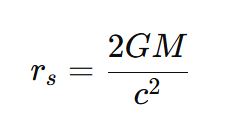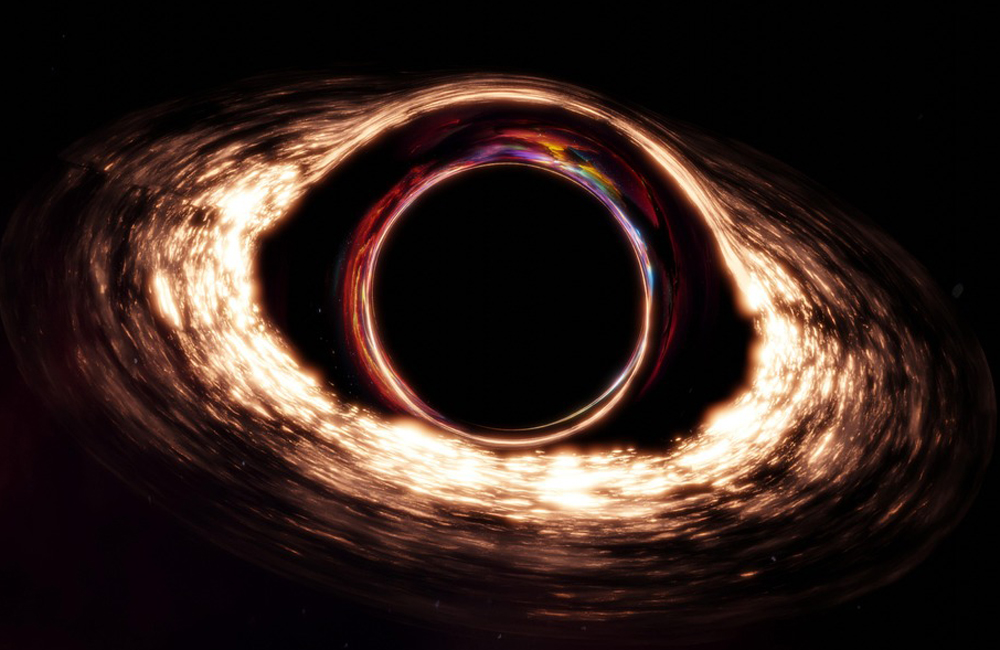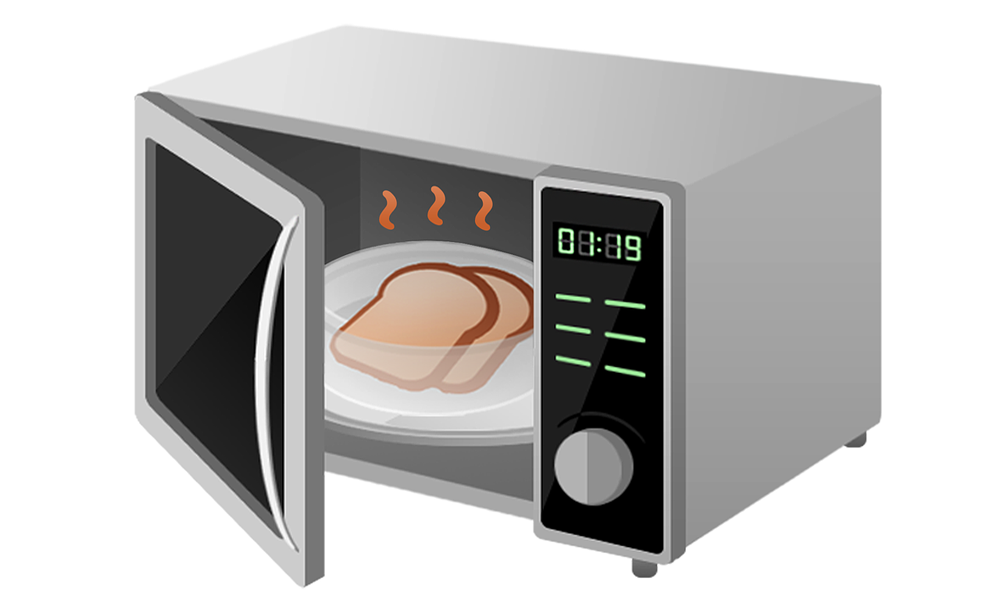Black holes are among the most mysterious and extreme objects in the universe. They form when massive amounts of matter collapse into an infinitely dense point called a singularity, surrounded by an event horizon beyond which nothing, not even light, can escape.
1. Origins of Black Holes
Black holes can form through various processes in the universe, primarily from the collapse of massive stars, but also through other mechanisms such as early cosmic conditions or merging neutron stars.
Types of Black Holes and Their Formation
(A) Stellar-Mass Black Holes (~3–100 times the mass of the Sun)
These black holes form from the deaths of massive stars through the process of gravitational collapse:
- Nuclear Fuel Depletion: A star with a mass greater than ~8 times that of the Sun undergoes nuclear fusion, converting hydrogen into heavier elements (helium, carbon, oxygen, etc.). This process generates energy that counteracts gravity.
- Supernova Explosion: When fusion reaches iron (Fe), no more energy can be extracted, leading to a loss of outward pressure. The star collapses rapidly, causing a supernova explosion.
- Formation of Black Hole: If the remaining core is massive enough (exceeding the Tolman–Oppenheimer–Volkoff limit, ~3 solar masses), gravity overwhelms all forces, leading to the formation of a black hole.
(B) Supermassive Black Holes (SMBHs) (Millions to Billions of Solar Masses)
- These black holes exist at the centers of galaxies, including our Milky Way (Sagittarius A*).
- Their formation is still a topic of active research, but possible mechanisms include:
- Direct Collapse of Massive Clouds: Large gas clouds in the early universe may have collapsed directly into black holes without forming stars first.
- Merger of Small Black Holes: Many smaller black holes could have merged over billions of years to form SMBHs.
- Primordial Seeds: Early quasars (~700 million years after the Big Bang) suggest that some black holes might have formed from dense regions in the early universe.
(C) Intermediate-Mass Black Holes (IMBHs) (~100–100,000 solar masses)
- Thought to form in dense star clusters through repeated mergers of stellar black holes.
- Some may originate from early mini-black holes that absorbed matter over cosmic time.
(D) Primordial Black Holes (PBHs)
- Hypothetical black holes that might have formed in the early universe due to density fluctuations during the Big Bang.
- They could range from tiny sizes (subatomic scale) to large masses.
2. The Physics Behind Black Hole Formation
- Schwarzschild Radius: A critical threshold where an object’s escape velocity exceeds the speed of light. Given by:

where G is the gravitational constant, M is the mass, and ccc is the speed of light.
- Event Horizon: The boundary beyond which no information can escape.
- Singularity: A point of infinite density where space-time curvature becomes infinite.
3. Growth and Evolution of Black Holes
- Accretion: Black holes grow by pulling in nearby gas, dust, and stars.
- Mergers: Two black holes can merge, releasing energy in the form of gravitational waves (detected by LIGO and Virgo observatories).
- Quasars and Active Galactic Nuclei (AGN): SMBHs in early galaxies consumed vast amounts of material, emitting powerful radiation visible across the universe.
Final Thoughts
Black holes are not just cosmic endpoints but also fundamental to galaxy evolution. They influence star formation, regulate galaxy growth, and help shape the large-scale structure of the cosmos. Future research, including the James Webb Space Telescope (JWST) and next-generation gravitational wave detectors, may uncover more about their origins and role in the universe.







